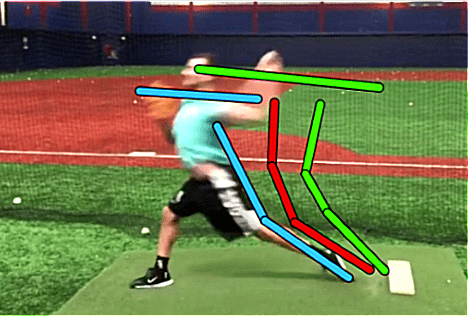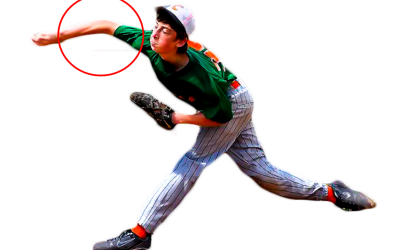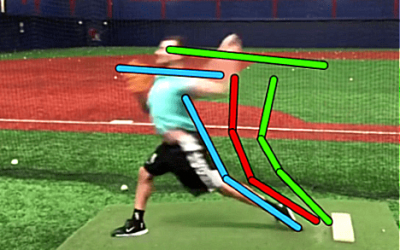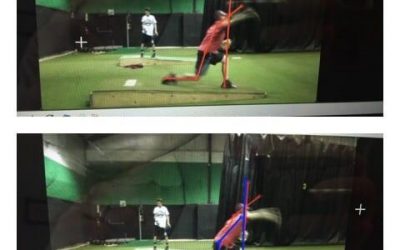
How Dynamic Balance Peaks your Energy Transfer & Athletic Performance
Since athletic movement is based upon counterbalancing opposite body parts equally, there is no such thing as a “balance point” when performing. Physics, kinesiology, and kinetics have continually proved the aforementioned for decades – contradicting popularized theory based training. This counterbalancing “act” is known within the sports science world as DYNAMIC BALANCE.
When dealing in athletic movement, science has proven that the body is just transferring energy to move. Therefore, the root to any mechanical or power deficiency lays within energy transfers that either enhance or inhibit dynamic balance activities.
Insert Custom HTML
THE FOUNDATIONS OF ATHLETIC MOVEMENT
TEMPO – Speed of movement
RHYTHM – Rate of movement concerning acceleration and deceleration.
TIMING – Movement sync in relationship to counterbalancing of body parts.
LEFT TO RIGHT – Coronal movement plane that counterbalances the equal and opposite reactions of left and right body parts and groupings.
UPPER AND LOWER HALVES – Timing sync that requires the lower half to support the upper half during accel, decel, and movement plane force.
ROTATIONAL – Transverse movement plane that counterbalances equal and opposite reactions of the upper and lower halves or countering body parts.
Insert Custom HTML
Dynamic balance wellness requires an opposite reaction from the countering body part (or grouping) to be both PROPORTIONATE and OPPOSITE. Since athletic movement is everchanging, training balance points within a movement plane inhibit overall movement. This is because variables change constantly and the human body functions rhythmically. A “counterbalancing” act of body parts is required to remain in dynamic balance control – CONFOUNDED BY NEWTON’S 3 LAWS OF MOTION




